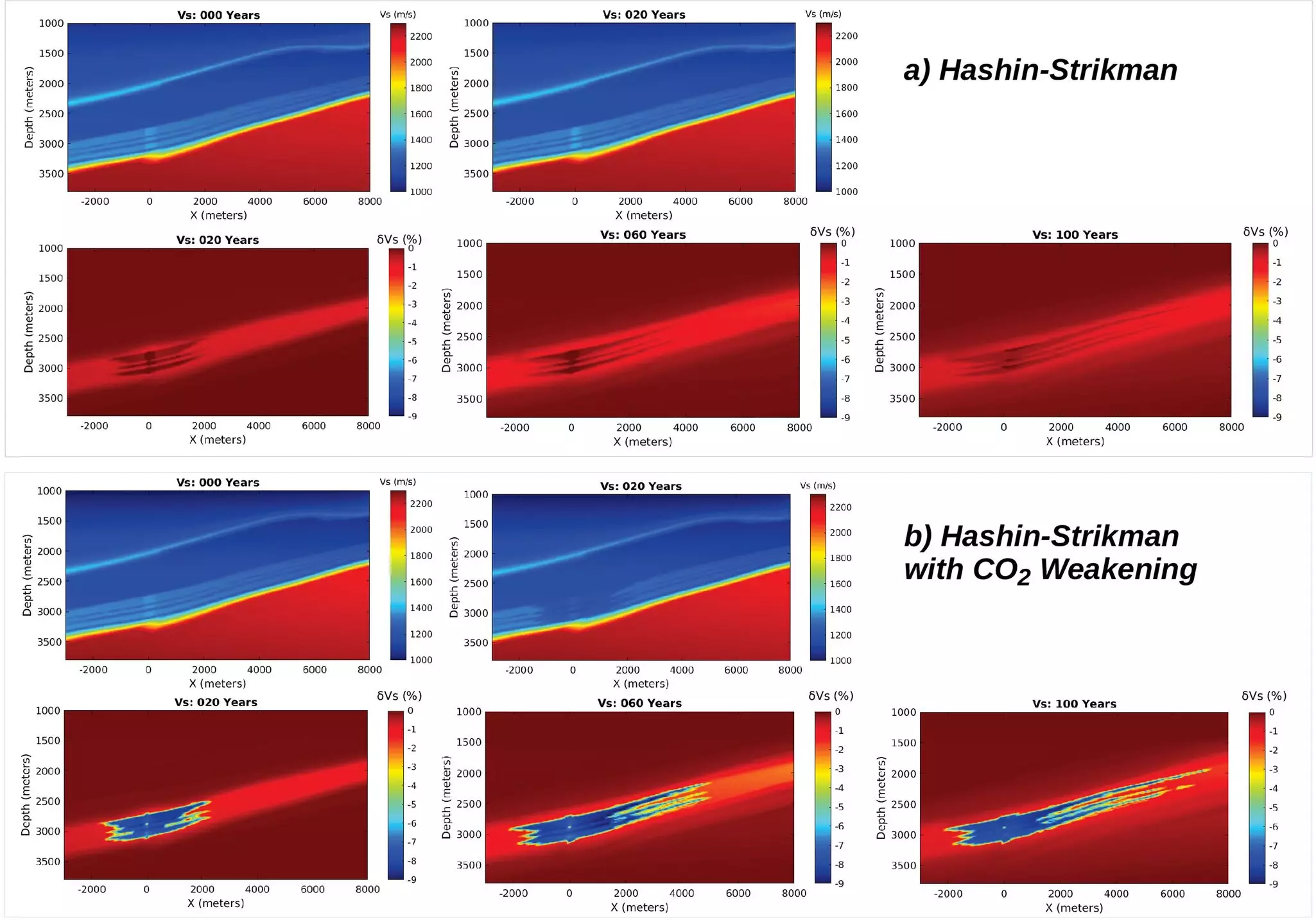As the world grapples with the escalating threats posed by climate change, the pursuit of effective carbon capture and storage (CCS) technologies has surged to the forefront of global environmental strategies. Among these technologies, geologic carbon storage stands out not only for its potential to mitigate greenhouse gas emissions but also for its complicated operational framework. Recent research from Los Alamos National Laboratory unveils a groundbreaking rock physics model designed to enhance the monitoring and management of CO2 in geological storage sites. This innovative approach promises not just incremental improvements but potentially revolutionary changes in our capacity to mitigate climate change through effective carbon storage solutions.
The Shortcomings of Current Seismic Monitoring Techniques
Despite the promise of CCS, existing seismic monitoring techniques have significant limitations. The traditional methods, primarily reliant on the Biot-Gassmann equation, have proven inadequate for accurately capturing the complex interactions between carbon dioxide and geological formations. A major concern is that these methods fail to consider critical factors such as the nonlinear stress dependence and chemical reactions that can alter the integrity and structure of the rock matrix. As a result, monitoring systems provide insufficient data regarding the movement and potential leakage of CO2. This not only undermines the reliability of carbon storage efforts but also threatens to counteract the very goals of these projects.
Unveiling the New Rock Physics Model
The research team at Los Alamos proposes an advanced rock physics model that offers a more nuanced understanding of how CO2 interacts with geological formations. Senior research scientist Lianjie Huang and first author Neala Creasy emphasize the limitations of current models while simultaneously introducing a complex but crucial new framework. Their novel model enables more accurate predictions of the changes in compressional and shear-wave velocities caused by CO2 saturation in rock. This enhanced predictive capability is pivotal for establishing reliability in the monitoring of CO2 reservoirs, allowing for more precise evaluation of seismic data in relation to underground storage conditions.
Empirical Evidence and Laboratory Validation
What sets this new model apart is its basis in experimental validation. Laboratory experiments have indicated that significant changes in elastic properties occur, particularly in shear-wave velocity, which the traditional Biot-Gassmann equation fails to capture. By addressing these critical nuances, the new rock physics model provides a clearer picture of how CO2 behaves under geologic conditions. Such empirical backing lends weight to its potential as a transformative tool in the realm of geologic carbon storage monitoring. This is not merely theoretical; the implications are practical and immediate, underscoring the need for ongoing research and development in this field.
The Broader Implications for Environmental Safety
Beyond technological innovation, the ramifications of this research extend to environmental safety and public health. A primary concern associated with geologic carbon storage is the potential for leakage, which poses risks to both ecosystems and human populations situated near storage sites. By improving seismic monitoring methods through more reliable rock physics models, the likelihood of safeguarding against leaks increases significantly. This not only strengthens the integrity of carbon storage mechanisms but also bolsters public confidence in CCS initiatives as viable solutions for climate change.
A New Paradigm in Carbon Management
The revelations from Los Alamos National Laboratory signify a crucial evolution in our understanding of carbon storage systems. Improved rock physics models are not just academic achievements; they represent a new paradigm in how we approach carbon management. By facilitating greater precision in monitoring CO2 storage, scientists and environmentalists can better anticipate changes and take preemptive actions against any possible failures in the system. Such proactive measures are essential as we strive toward a more sustainable future fostered by innovative and reliable technological solutions in the fight against climate change.
The future of carbon capture looks promising, and with ongoing advancements like these, our ability to tackle the pressing issue of global warming is increasingly within reach.


Leave a Reply